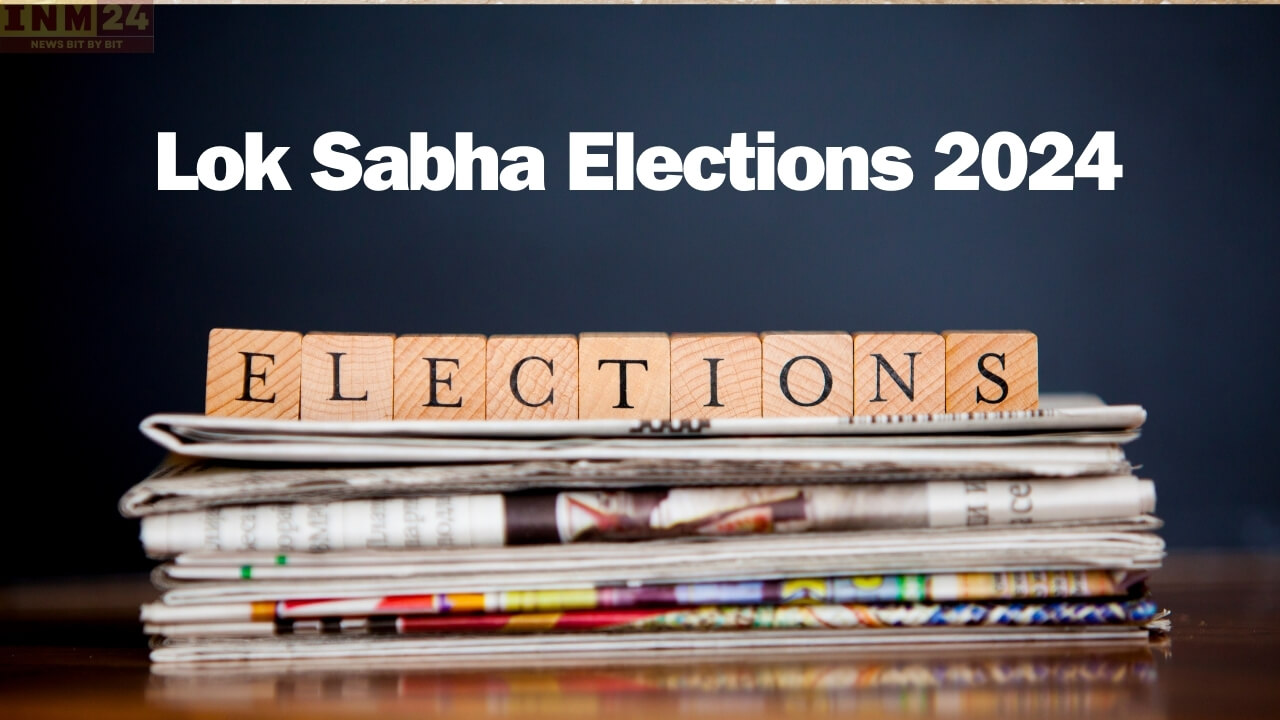As the Lok Sabha elections draw near in the country, preparations are almost complete, with the first phase scheduled for April 19. The Election Commission is also prepared to conduct the elections transparently. Today, we address a question related to elections that often arises in people’s minds.
Viral Notice on Social Media
A notice issued by the District Election Officer in Ghaziabad, Uttar Pradesh, is currently going viral on social media. According to the information in this notice, all private car owners have been ordered to deposit their vehicles at the reserve police lines for election duty.
What Does the Viral Notice Say?
The notice instructs all concerned car owners to present their vehicles in front of the Assistant Election Officer (Traffic) at the reserve police lines by 10:00 AM on April 23. Additionally, they are requested to maintain their vehicles in good condition at their own expense and to report any damages to the officer. Furthermore, arrangements such as covering the vehicle with tarpaulin are also required for safety.
Understanding the Rules
Under Section 160 of the Representation of the People Act, 1951, provisions are made for administrative and transportation facilities related to election work. According to Section 160, if there is a need for transportation of election materials to or around the polling station, the government can demand it from individuals through a written order. This provision also includes arrangements for vehicles, aircraft, or animals for the accommodation, operation, or other work of officials.
Subsection 1 of Section 160 subsection K is clear that the use of a vehicle for election-related work should be authorized or legal. In other words, the administration cannot seize a vehicle unless it violates the prohibitions specified under this subsection. This subsection gives the vehicle owner the right to keep their vehicle safe in accordance with legally established orders. Therefore, the administration has the right not to use a person’s property unless it violates the prohibitions specified under this subsection.
